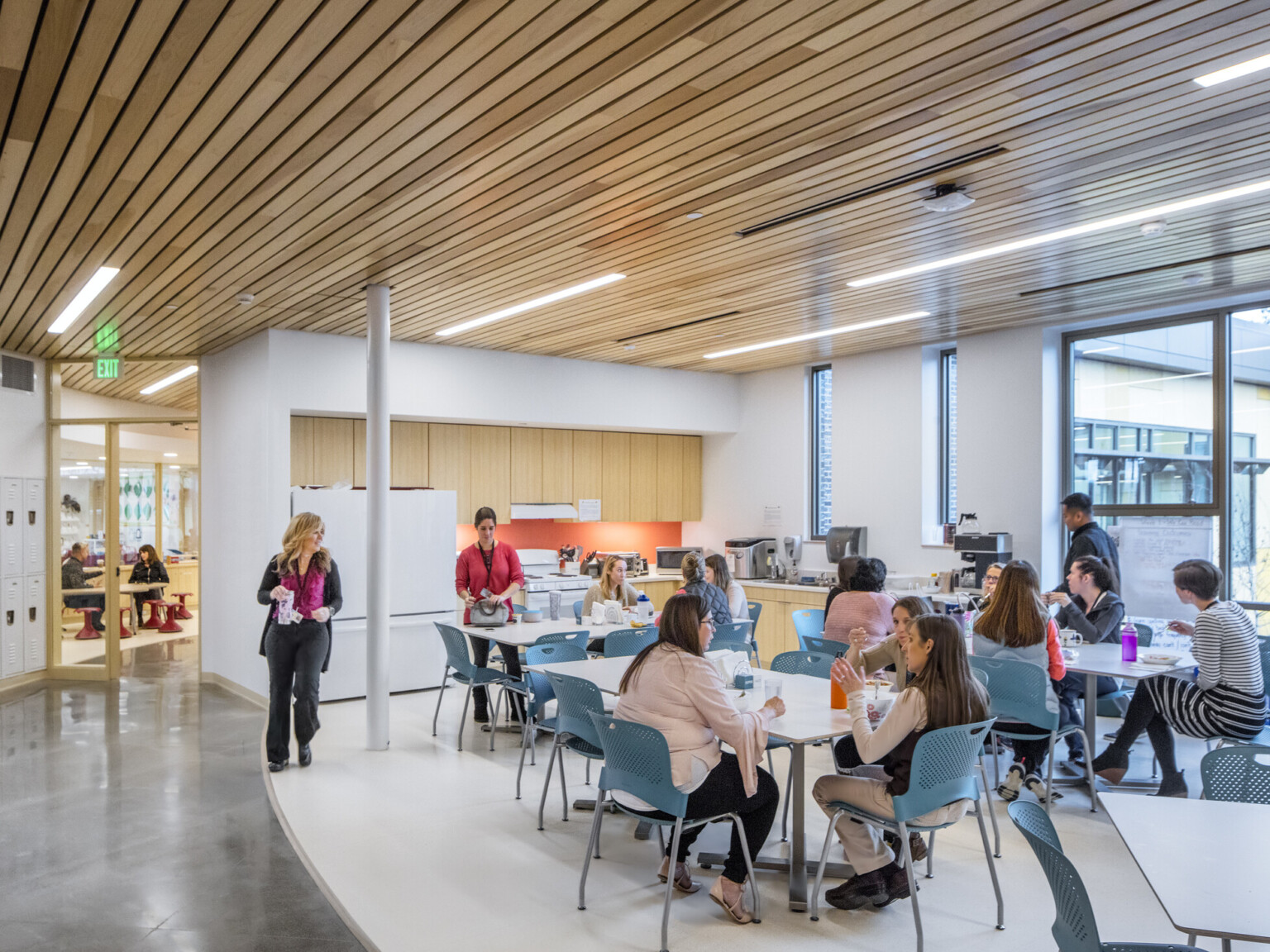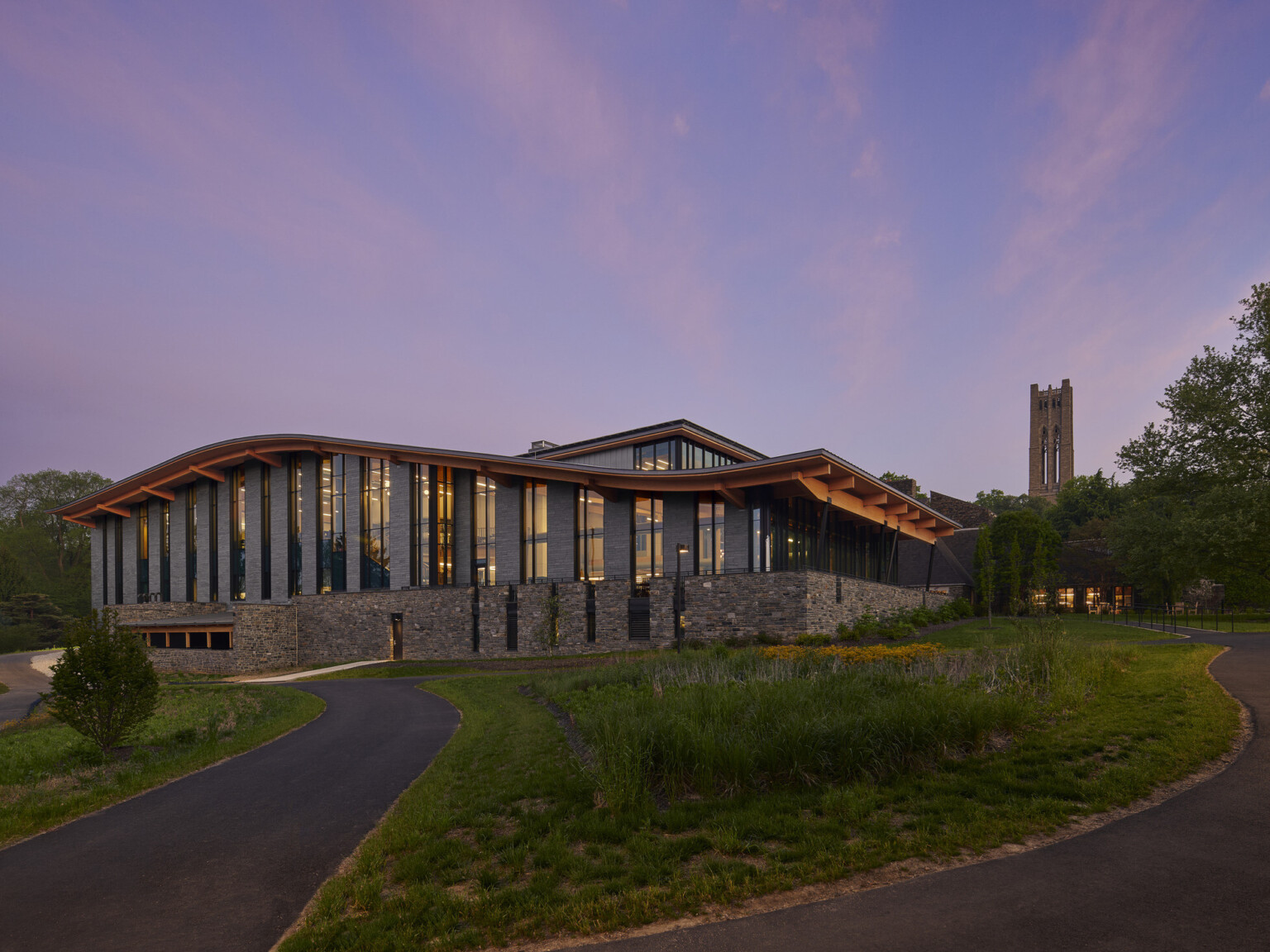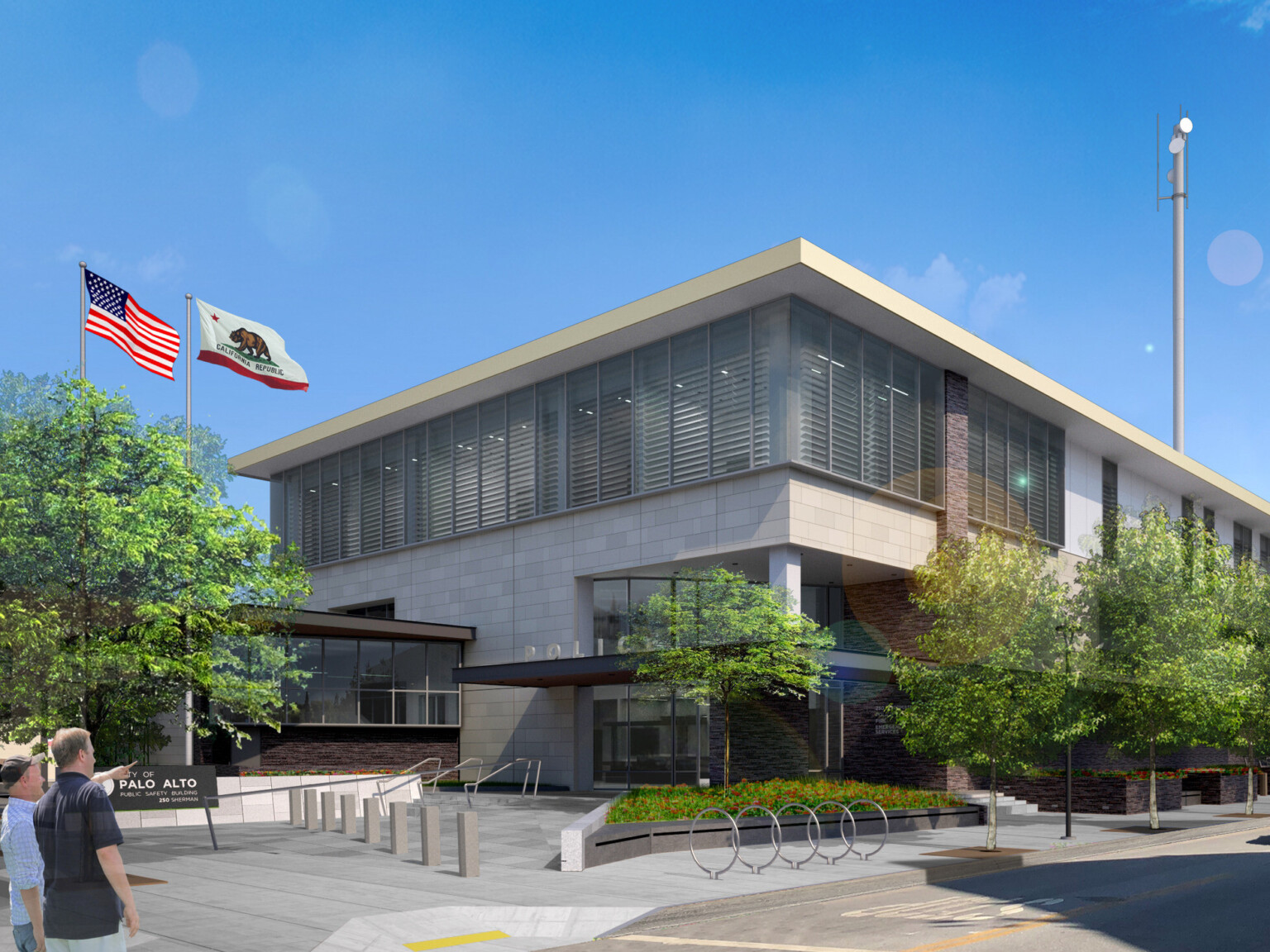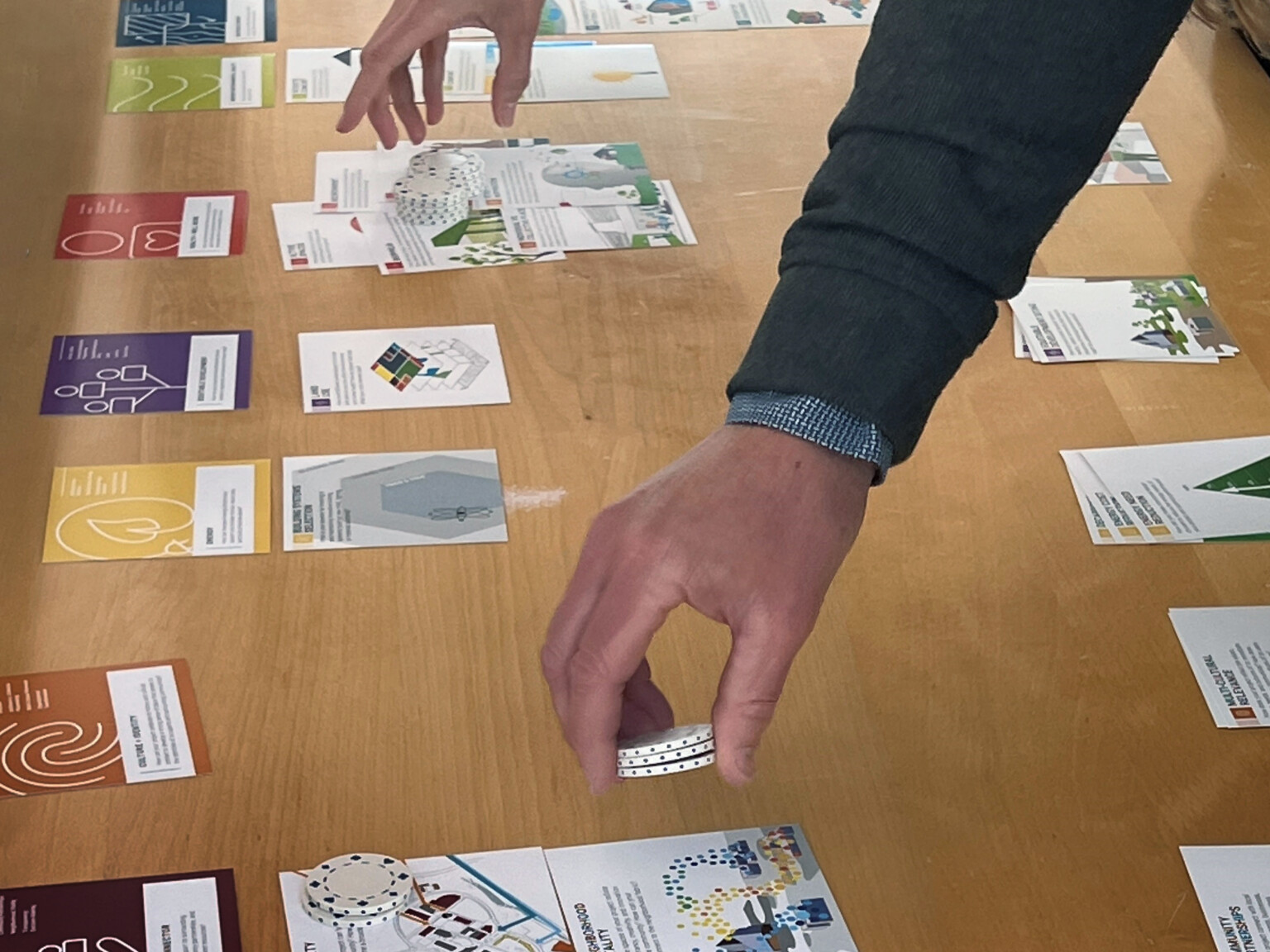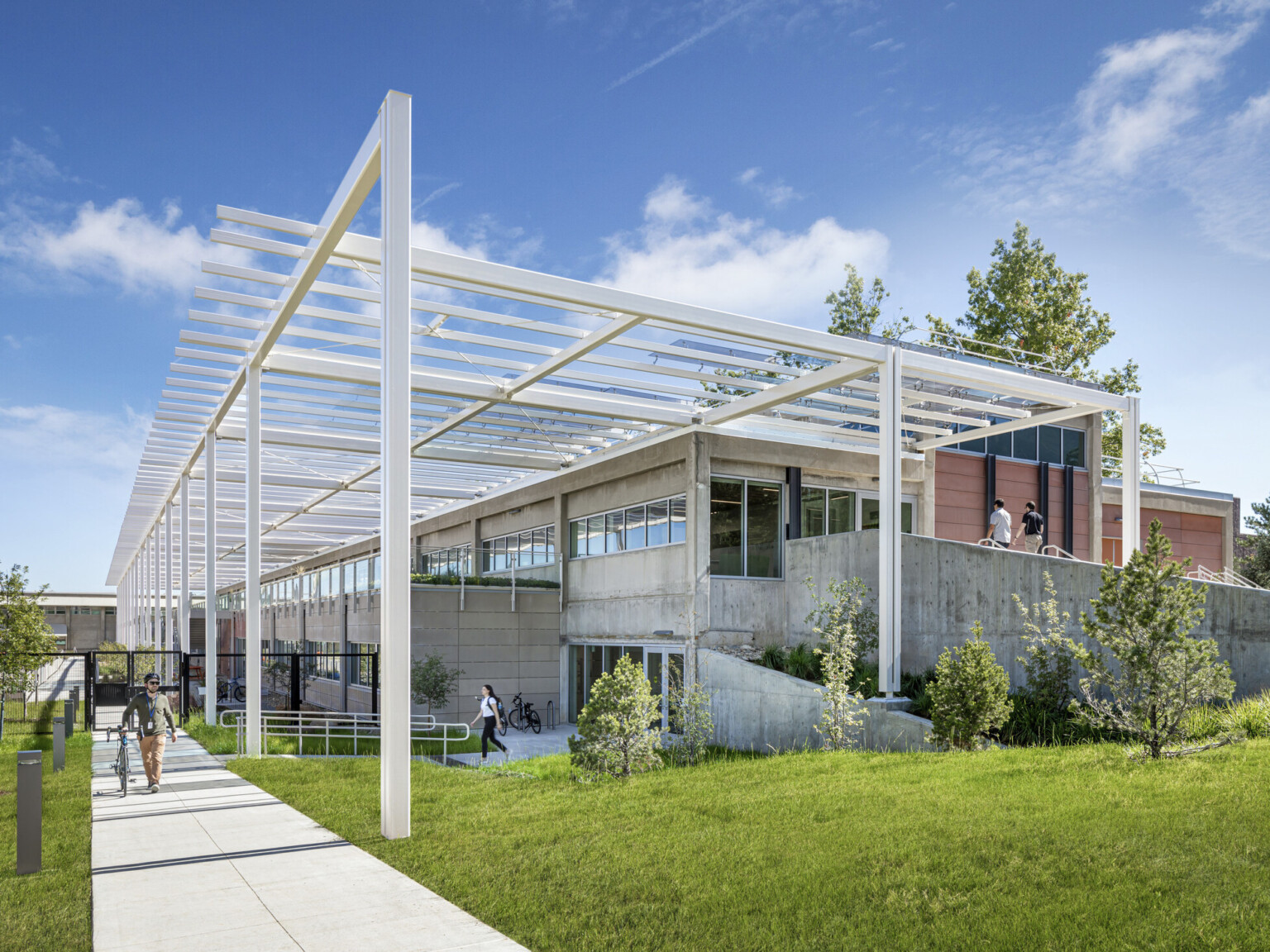
Holistic Student Wellbeing: Examining the Whole of the Person
It’s crucial to grasp that within the Wellness Wheel, no single element has a greater impact than the others. They are interconnected, and if a student is struggling in one dimension, it can have a ripple effect on the others. For instance, if a student faces challenges with tuition payments (financial wellbeing), the resulting stress may lead to a decline in their mental wellbeing, which could ultimately affect their physical wellbeing. Adopting a holistic approach to wellbeing is paramount if a higher education institution’s student body is to thrive.
Our research revealed that different institutions emphasize varying dimensions of wellbeing, with some aspects receiving less attention. Generally, social, emotional, physical, and environmental wellbeing tend to take precedence. The strategies for addressing all dimensions of wellbeing differ based on the type and culture of each institution. Feedback from our study participants highlighted common challenges in achieving holistic wellbeing, including funding, striking a balance between formal spaces/programs and flexible, informal approaches, integrating engagement with a sense of belonging, and accommodating the needs of increasingly diverse student bodies. While larger institutions with more robust funding may offer more formal wellbeing programs and dedicated spaces, smaller institutions are often creatively meeting the same needs in informal ways or in multipurpose spaces.

While many higher education institutions acknowledge that their focus with regard to the Wellness Wheel may be skewed toward certain dimensions, and that there are significant barriers to overcome in meeting wellbeing needs, they are still creating inventive, distinctive, and cost-effective approaches to address wellbeing. For example, George Mason University promotes social wellbeing through Project Connect, a program where a small group of 6-8 students engage in facilitated discussion exercises led by a staff member. Aims Community College attends to emotional wellbeing through their Student Care Report—an online platform for students to report concerns about their peers who may be in need. The University of Idaho has introduced a digital nap map to promote physical wellbeing, showcasing various campus locations for rest and relaxation. Finally, the University of Washington addresses financial wellbeing with Budgeting 101 courses to educate students about personal budgeting and finance. These are just a few examples of how higher education institutions are striving for a comprehensive approach to wellbeing.



